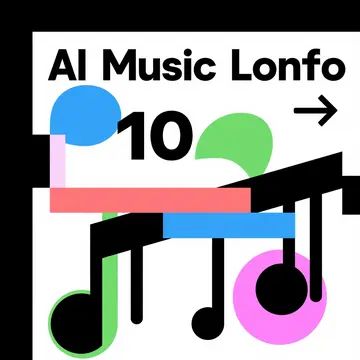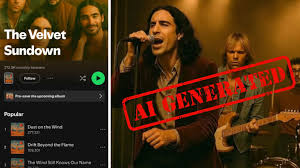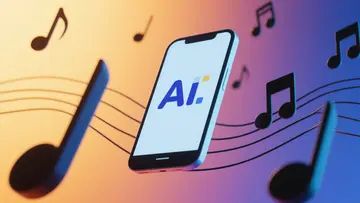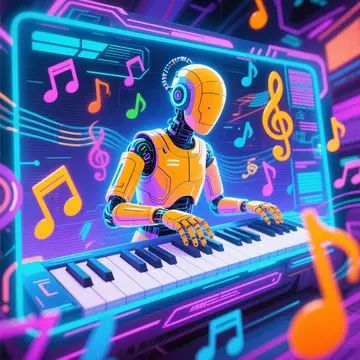?? Introduction: The Role of AI Tools in Music Preservation
In the digital age, preserving musical heritage has become increasingly vital. Institutions worldwide are turning to AI tools for music preservation to safeguard cultural soundscapes. These advanced technologies enable the digitization, restoration, and cataloging of aging audio recordings, ensuring that traditional melodies and rhythms endure for future generations.
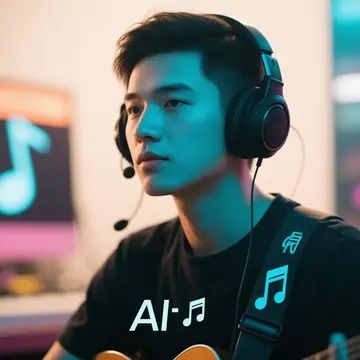
?? The Power of AI in Music Preservation
1. Digitizing and Restoring Aging Recordings
One of the primary functions of AI tools for music preservation is the digitization and restoration of old audio recordings. Technologies like the IRENE system utilize high-resolution imaging to capture the grooves of deteriorating records without physical contact, converting them into digital audio files. This method has been instrumental in preserving fragile recordings that would otherwise be lost to time.
2. Cataloging and Analyzing Musical Data
Beyond restoration, AI plays a crucial role in cataloging and analyzing vast collections of music. Projects like REPERTORIUM employ AI to digitize ancient manuscripts and create immersive audio experiences, making European classical heritage accessible in innovative ways.
3. Revitalizing Traditional Music Forms
AI's capabilities extend to the revitalization of traditional music. For instance, in the preservation of Nanyin, a traditional Chinese music form, AI has been used to analyze and promote this cultural asset, ensuring its continuity amidst changing lifestyles and contexts.
?? Global Initiatives in AI-Driven Music Preservation
?? Amharic Music Cataloging
A notable initiative involves the use of AI to catalog and preserve Amharic music, a vital component of Ethiopian heritage. This project exemplifies how technology can harmoniously blend with culture to protect and promote traditional music.
??? National Digital Preservation Program
The National Cultural Audiovisual Archive (NCAA) in India has established a Trusted Digital Repository using AI tools to manage around 2 petabytes of rare cultural audiovisual data. This initiative ensures the long-term preservation and accessibility of India's rich musical heritage.
????? Expert Insights
"AI is revolutionizing music by composing, recreating voices, and enhancing collaboration between artists and technology."
— Arab News
"AI tools offer some impressive advantages for the African music industry. They enable the digitization of rare recordings, the creation of searchable databases."
— African Music Library
?? Key Benefits of AI Tools for Music Preservation
Enhanced Accessibility: Digitized music archives make cultural heritage accessible to a global audience.
Educational Resource: AI-analyzed music provides valuable insights for researchers and educators.
Cultural Continuity: Preserving traditional music ensures the continuity of cultural identities.
Innovative Engagement: Immersive audio experiences created through AI attract new audiences to traditional music.
? FAQs
Q1: How do AI tools for music preservation work?
A: They utilize technologies like high-resolution imaging and machine learning to digitize, restore, and analyze aging audio recordings, ensuring their longevity and accessibility.
Q2: Can AI help in preserving endangered music genres?
A: Yes, AI can analyze and catalog rare music forms, aiding in their preservation and revitalization for future generations.
Q3: Are there ethical considerations in using AI for music preservation?
A: While AI offers numerous benefits, it's essential to ensure that the use of such technologies respects cultural sensitivities and the rights of original creators.
?? Conclusion
The integration of AI tools for music preservation is transforming the way we safeguard our musical heritage. By digitizing and analyzing traditional music, these technologies ensure that cultural soundscapes remain vibrant and accessible. As we continue to embrace AI, it's imperative to balance technological advancement with cultural sensitivity, ensuring that the melodies of the past resonate with future generations.


